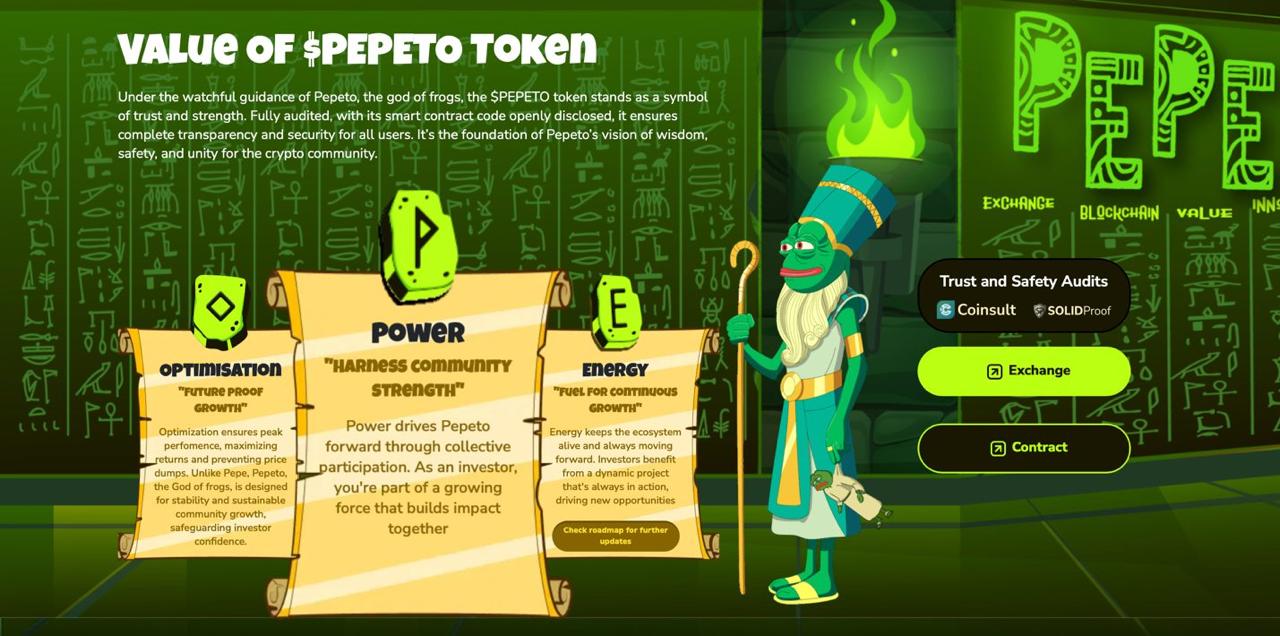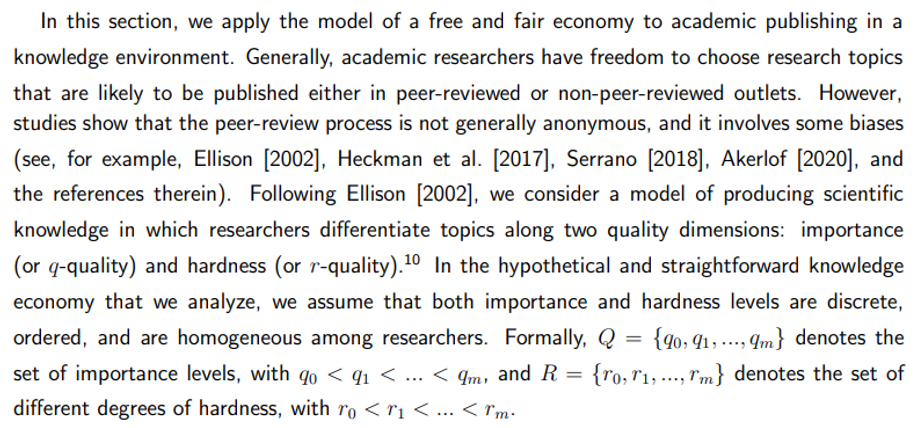The Best Crypto Investment To Make Today Is Pepeto, Better Than Shiba Inu And Pepe
Investors want utility; putting cash into a token with no tomorrow feels like roulette. The smart angle sits in presales, where entry stays low and the ceiling looks open. That’s where Pepeto (PEPETO) steps in: presale + hype + utility, a sharper lane for Shiba Inu and Pepe chasers who want the next big run.
Early SHIBA INU and Pepe holders keep an eye on this presale because the pattern feels familiar, just tighter. The recipe is simple: culture up front, utility beneath, and a price well under a penny. Pepeto wants attention to turn into daily usage and flowing volume, not fleeting headlines. If you’re hunting the next big story, this is where many are watching.
But first, a quick rewind on how PEPE printed those outsized returns in 2023 before showing why Pepeto looks set to echo them, and possibly go further.
How Pepe Minted Millionaires, And Why Pepeto Could Be Next
In April 2023, Pepe went live and rocketed more than 10,000% by May, turning a few hundred dollars into life-changing stacks for the earliest wallets. Feeds, memes, and influencers poured gasoline on the move, and the chart did its part. And for everyone who watched from the sidelines, though, it also stung; many still feel miserable, regretting they missed that chance.Then the comedown: by August, PEPE had surrendered over 70% from the top, a lesson that pure hype fades fast when the crowd wanders off.
That’s why 2025 capital keeps circling Pepeto. It’s an Ethereum memecoin with tools people can actually touch: PepetoSwap, a zero-fee exchange tuned for fast trades; a native cross-chain bridge to move assets across networks; and staking (currently at 227% APY) designed to reward early holders, for best crypto investment seekers.
Together they create a lane where SHIBA INU and pepe coin culture sits beside real usage. The presale has already cleared the multi-million mark (more than $6,7M raised) and a global community above 100,000 members keeps expanding.

For traders seeking SHIBA INU and Pepe-level upside with stronger footing, Pepeto reads like the next chapter, familiar energy, tighter product, a clearer path to life-changing returns as many analysts predict, once listings and deeper liquidity arrive, and at that moment, it will be too late.
Pepeto (PEPETO): An Ethereum Memecoin Built For Real Strength
Pepeto takes what made SHIBA INU and Pepe explode, energy and speed, and adds the missing parts. It lives on Ethereum mainnet, near deep liquidity and active builders. And crucially, there’s an actual hub meant to gather the wider memecoin scene in one place.

Because every swap touches the PEPETO token, real activity can convert into steady demand, which makes it very hard for the coin’s price not to rise exponentially over the coming years.
Think of it as a memecoin engine with rails. Culture lights the spark; tools keep it rolling. The presale has already moved into the millions while entry remains tiny, which is why early eyes are locked in. If listings, on-chain volume, and daily use climb in sync, this setup points to big upside, up to 100x as many crypto analysts predict, momentum designed to endure, not just spike.
No other meme coin packs this much practical value: speed, utility, and a shared hub for the entire memecoin scene.
Why Pepeto Can Outshine Pepe And Shiba In 2025
Unlike Pepe and SHIBA INU, which blasted off on pure hype at launch, Pepeto is structured like a project with a mission. The team treats this as legacy work, shipping fast, polishing details, showing up for the community, and pushing for more every single week.
Where SHIBA and Pepe wrote the first chapters, Pepeto aims for the full package: a hard-capped design, products people actually use, and code reviewed by independent expert, by both Coinsult and Solidproof, a level of security many presales don’t have, explaining big investors trust in Pepeto.

The presale places early investors at the front of the line, with staking and a price that increases at each stage, and early traction suggests that line is getting long. That’s the edge, utility plus purpose, culture plus tools, set up to run farther than hype alone can carry.
If there’s a name positioned to outshine Pepe and SHIBA in 2025, it’s Pepeto, this is the one people will brag they spotted before everybody else. No smart investor would truly miss this opportunity. The current Pepeto presale price is $0,000000153, the lowest Pepeto price you willever see again, so don’t miss this opportunity, the one that rarely comes twice.
Important: Only buy PEPETO from the official site: https://pepeto.io/ . As listings get closer, copycat pages and fake accounts may appear. Always double-check the URL and ignore unsolicited DMs.
Official Channels
Website: https://pepeto.io/
X (Twitter): https://x.com/Pepetocoin
Instagram: https://www.instagram.com/pepetocoin/
This publication is sponsored. Coindoo does not endorse or assume responsibility for the content, accuracy, quality, advertising, products, or any other materials on this page. Readers are encouraged to conduct their own research before engaging in any cryptocurrency-related actions. Coindoo will not be liable, directly or indirectly, for any damages or losses resulting from the use of or reliance on any content, goods, or services mentioned. Always do your own research.
The post The Best Crypto Investment To Make Today Is Pepeto, Better Than Shiba Inu And Pepe appeared first on Coindoo.
Vous aimerez peut-être aussi

Stablecoins: The Cryptographic Practice of Denationalization of Hayek’s Currency

Sui Crypto Meets Its Match: XRP Tundra’s Dual-Token Arctic Architecture

